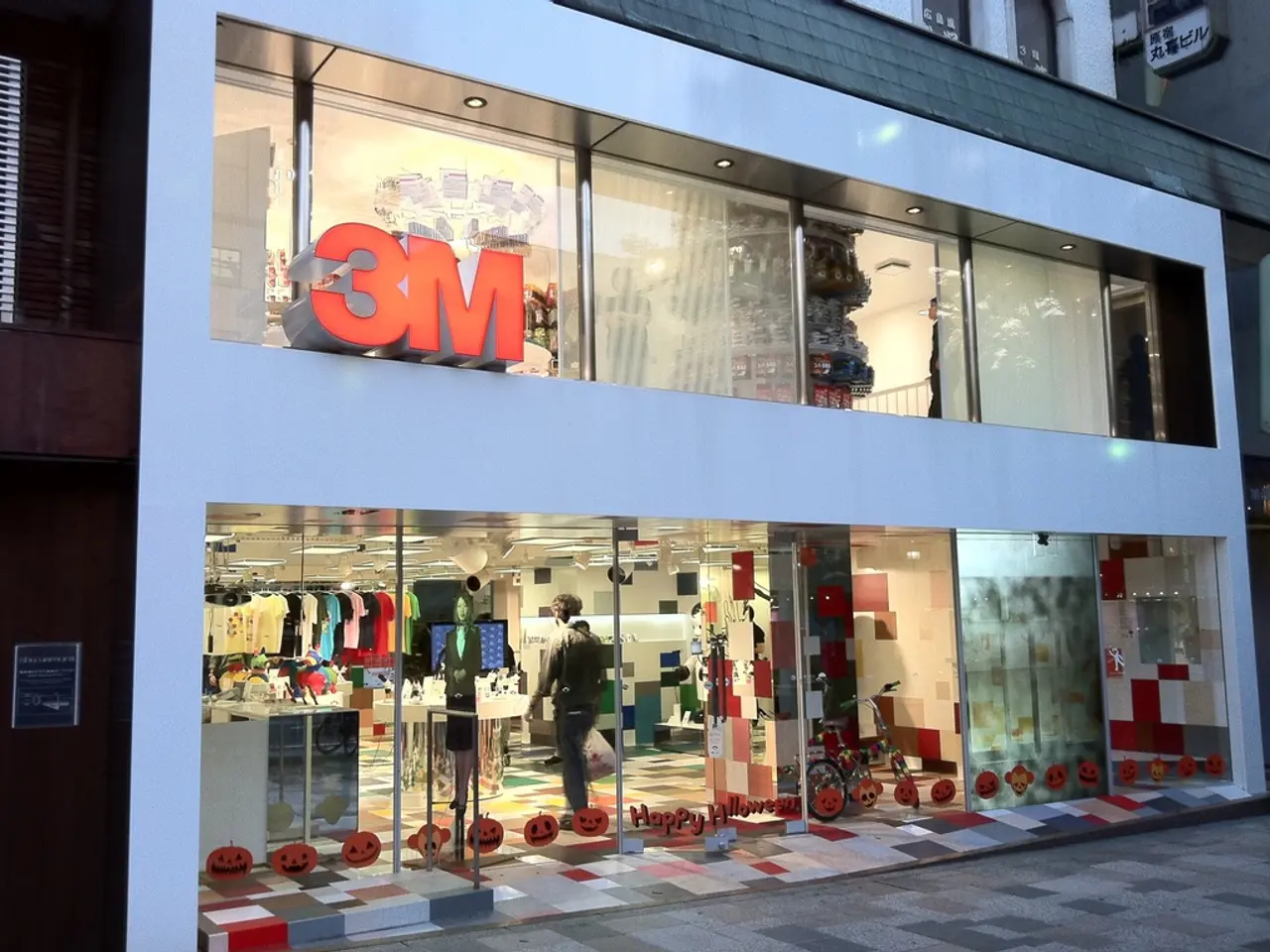Top Seven Art Deco Cinemas in the UK, Emphasizing a Forgotten Standard of Public Architecture Elegance
The UK's rich cinematic history is marked by a number of Art Deco theatres that emerged during the 1920s and 1930s, a period of modernism and the Machine Age. These cinemas, characterised by sweeping curves, geometric patterns, and a blend of form and function, have become cultural landmarks and vibrant community hubs.
One such cinema is the Electric Palace in Harwich, which opened its doors in 1911 and remains one of the world's oldest and least-altered purpose-built cinemas. The building, adorned with original architecture, ornamental frontage, and beautiful press-tin wall panelling, has retained its silent screen, original projection room, gold Edwardian radiators, and other original features.
Another notable example is the Dominion Theatre, which opened in 1929 as a musical theatre and hosted the British premiere of The Phantom of the Opera in 1930. Despite changes in ownership, the Art Deco style of the Dominion Theatre has remained untouched, with recent enhancements including bespoke carpet and multiple geometric glass chandeliers. The theatre has a rich history, hosting performances by Judy Garland, David Bowie, Jon Bon Jovi, and Dolly Parton.
Troxy, located in Stepney, London, was the largest cinema in England when it opened in 1933, seating 3,520 people. Boasting a revolving stage, jaunty turquoise and coral walls, a floor-to-ceiling mirror-lined restaurant, and a floodlit organ, Troxy was a testament to the opulence of the Art Deco era.
The Castle Electric Theatre in Clapton, London, was open from 1913 until 1958. While not as well-known as some of its contemporaries, the Castle Electric Theatre played an important role in the history of Art Deco cinemas in the UK.
Regent Street Cinema, opened in 1848, is known as 'the birthplace of British cinema'. It has a history of notable milestones, including 14 years of continuous screenings of Alfred West's Our Navy and Our Army film series and the first film to be awarded the 'X' certificate. After decades of use as a lecture hall by The University of Westminster, Regent Street Cinema was rebuilt in the Art Deco style in 2016 and has since become known for its cutting-edge programme of art-house films.
The peak of Art Deco design, which spanned from the 1910s to the early 1930s, coincided with the Golden Age of Hollywood cinema (1930-1960s). British entertainment architecture was heavily influenced by the 1925 International Exhibition of Modern Decorative and Industrial Arts in Paris.
The Strand Arts Centre, established in 1935, is the only remaining Art Deco picture house in Belfast. Its maritime-themed facade and interior were influenced by its proximity to the Harland & Wolff shipyard. In 2025, the Strand Arts Centre will undergo a £6.5 million redevelopment, with plans to restore the facade, entrance, foyer, and build additional communal spaces.
Other noteworthy UK Art Deco cinemas include the Rex Cinema in Berkhamsted, Hertfordshire, which was designed by David Evelyn Nye in 1936 and styled on the era's great ocean liners. Since its reopening in 2004 as a single-screen cinema with much of the original 1938 decor restored, the Rex Cinema has become known for its programme of art-house films.
The Majestic and Pilot Cinemas in King's Lynn, opened in 1928 and 1938 respectively, are Art Deco in style though with distinct appearances. The Majestic shows neo-classical architectural motifs, while the Pilot closed in 1983, reflecting the decline of cinema attendance in the early 1980s.
Several Art Deco cinemas in South-West London are reopening as multi-use cultural hubs, combining film screenings with live music, spoken word, and local events, demonstrating the adaptive reuse trend for sustaining historic buildings.
Thus, Art Deco cinemas in the UK have transitioned from their 1920s-30s origins into cherished cultural landmarks. Many have been refurbished and revived, suggesting a potential new Golden Age of cinema. These historic cinemas not only offer film screening but also act as community gathering spaces preserving architectural heritage while remaining relevant today.
Entertainment continues to thrive within the historic Art Deco cinemas of the UK, serving as both cultural landmarks and vibrant community hubs. These restored cinemas, such as the Electric Palace, Dominion Theatre, Troxy, and Strand Arts Centre, offer a rich blend of film screenings and live events, demonstrating the adaptive reuse trend for preserving architectural heritage while remaining relevant today.








